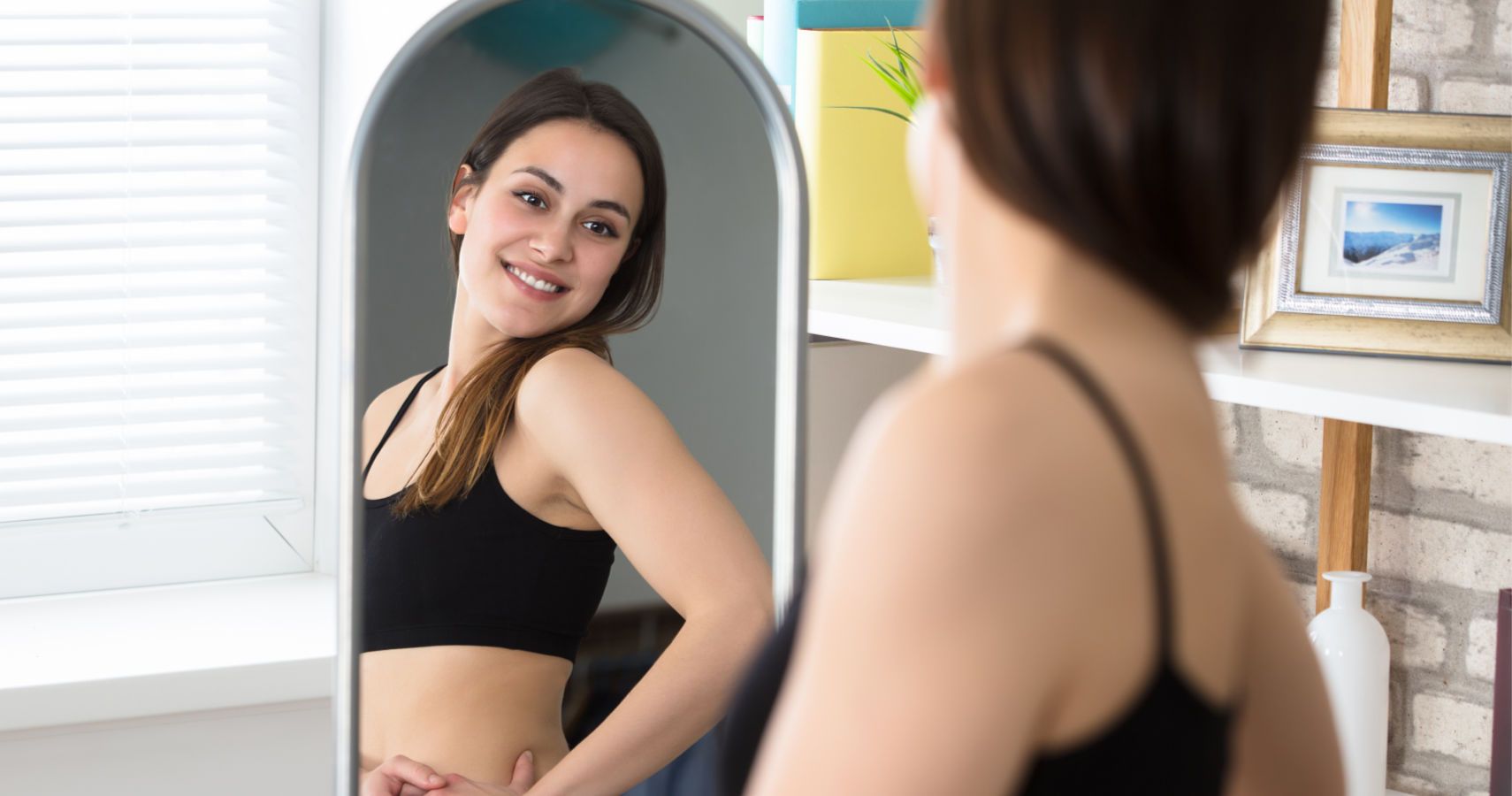Since 1985, October has been declared Breast Cancer Awareness Month, a time during which the medical community, non-profits, and research-based organizations champion increased education about the disease and put even greater emphasis on raising money to find a cure.
Despite the best efforts of scientists and medical experts to nip this form of cancer, which is estimated to affect 1 in 8 women in their lifetime, BreastCancer.org reports that approximately 266, 120 new cases of invasive breast cancer were expected to be diagnosed among women in the United States in 2018 alone. Additionally, they expect 63,960 new cases of non-invasive breast cancer to be reported this year.
Finding a cure for this devastating disease would be an incredible and hard-won blessing, and hopefully something we will see in our lifetime. But regardless, we have to stay vigilant about conducting self breast exams and, when it's time, scheduling regular mammograms for early detection. Discovering a lump is terrifying, but catching the onset of breast cancer as early as possible is imperative.
According to Johns Hopkins Medical Center, 40 percent of diagnosed breast cancer cases are detected when a woman has felt a lump. For this reason they suggest women perform self-exams once a month.
But how do you perform a breast self-exam? The National Breast Cancer Foundation breaks it down into very simple steps so that we can all feel comfortable checking our own bodies regularly.
Where and How to Perform a Self-Exam
There are three places they recommend performing the self-exam -- either in the shower, in front of a mirror, and lying down.
Shower Power
If the shower is your check location of choice, The NBCF suggests moving the pads of your fingers around the entire breast in a circular pattern, starting at the outside and moving towards the center. Make sure you cover the entire breast and armpit area. You're looking for lumps, thickening, or something that feels like a hard knot. If you notice any changes, contact your healthcare provider and arrange an appointment as soon as possible.
Mirror, Mirror
Standing in front of mirror? Your exam process is only slightly different. First, place your arms by your sides and do a visual scan of your breasts, then raise your arms over your head. While your arms are above your head you want to look for any changes in the texture of the skin, like dimpling, swelling, or contouring. Also note if there are any changes to your nipples. Following that step, the NBCF says to put your palms on your hips and firmly flex your chest muscles. Again, look for dimpling, puckering, or changes that you haven't previously noticed. If you detect anything that looks different from your previous self-exams, make sure to call a doctor for further evaluation.
Lay Down
If you choose to perform a self-exam laying down, you'll notice that the breast tissue spreads out evenly along the wall of your chest. Find a pillow and put it under your right shoulder, then place your right arm behind your head. While this might feel like a strange position to do an exam, it really works. Use your left hand to move the pads of your fingers around your right breast in the same small, circular motions as you would if you were performing the check in the shower. Make sure you not only check the breast but the armpit area as well. Change the pressure as you move in the circular motion, alternating between light, medium, and firm. After you feel like you've inspected the right breast completely, repeat these steps on the left side.
Self-exams are important, but if you're between the ages of 40 and 44, the American Cancer Society says women should have the option to start yearly mammograms if they so choose. Mammograms can detect tumors before they can be felt, so this adds another layer of early detection. Between the ages of 45 and 54, annual mammograms are recommended, while women 55 and older can either choose to switch to scheduling them every two years, or continue on with an annual check.
What Does a Tumor Feel Like?
Sometimes it can be difficult to know what you're looking for if you've never felt a lump before (which, while a good thing, doesn't help when trying to perform a self-exam).
According to American Cancer Centers of America, only tumors that are at least a half-inch in diameter can be detected by hand. But, really, any swelling or changes of note shouldn't be taken lightly. If there's an area of the breast that just feels different from the tissue surrounding it, it is worth getting the opinion of your health care provider.
If there's an area of the breast that just feels different from the tissue surrounding it, it is worth getting the opinion of your health care provider.
Basically, if you see or feel something, say something. Don't ignore an instinct that is telling you something has changed or isn't right. It's better to be safe and get checked by a professional than let a potential problem linger.

